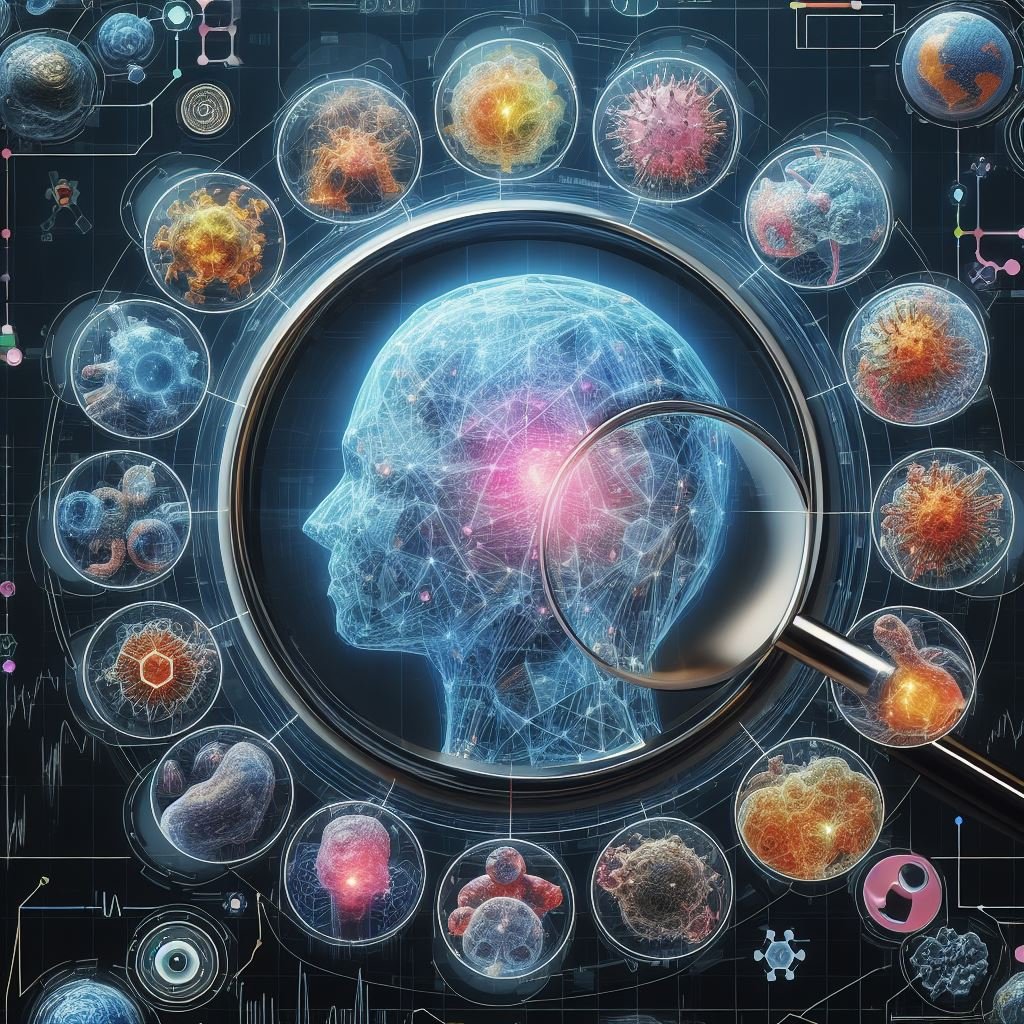
Alien haze, cooked in a lab, clears view to distant water worlds
The research by Johns Hopkins scientists will help model how water exoplanets form and evolve—findings that could help in the search for life beyond our solar system.

Ayurvedic treatment alleviate symptoms of depression in fruit flies
Scientist have demonstrated the effect of botanical products used in traditional Asiatic medicine on depressive states.

Innovative drug delivery system may trim daily diabetes injections to a mere three annually
Dietary management drugs have transformed Type 2 diabetes care, but daily injection routines are challenging for some patients. A new hydrogel could mean shots just three times a year.

Our brains are not able to ‘rewire’ themselves, despite what most scientists believe, new study argues
Contrary to the commonly-held view, the brain does not have the ability to rewire itself to compensate for the loss of sight, an amputation or stroke, for example, say neuroscientists.

This sea worm’s butt swims away, and now scientists know how
Armed with its own eyes, antennae, and swimming bristles, the posterior body part detaches for spawning. UTokyo scientists revealed its developmental mechanism for the first time.

AI helps detecting plastic in oceans
A research team has developed a new artificial intelligence model that recognises floating plastics much more accurately in satellite images than before. Even when the images are partly covered by clouds, or weather conditions are hazy.

Autonomous excavator constructs a six-metre-high dry-stone wall
Researchers taught an autonomous excavator to construct dry stone walls itself using boulders weighing several tonnes and demolition debris.

Deep-sea mining threatens jellyfish, suggests a study
A new study now provides first insights into the stress response of a pelagic deep-sea jellyfish to ocean warming and sediment plumes caused by deep-sea mining.

Babies as young as four months show signs of self-awareness
Babies as young as four months old can make sense of how their bodies interact with the space around them.

Novel AI system could diagnose autism much earlier
An AI system that analyzes specialized MRIs of the brain accurately diagnosed children between the ages of 24 and 48 months with autism at a 98.5% accuracy rate.

Remarkably detailed view of “teenage galaxies” from just 2 to 3 billion years after the Big Bang
Studying teenage galaxies from the ancient universe can teach scientists about how these massive systems of stars mature and evolve.

A reduction in the hippocampus linked to cognitive decline risk
Researchers report that as the hippocampus area of the brain shrinks, memory worsens. Association found even in people without alzheimer's disease.

Researchers identify brain center responsible for responses to rapid temperature change
Researchers say animals are more likely to react to rapid rather than slow environmental change. Neural activity in the fly brain anticipates imminent heat danger.

High levels of maternal stress during pregnancy linked to children’s behavior problems
Children whose mothers are highly stressed, anxious or depressed during pregnancy may be at higher risk for mental health and behavior issues during their childhood and teen years.

A new ultrasound patch can measure how full your bladder is
The wearable device, designed to monitor bladder and kidney health, could be adapted for earlier diagnosis of cancers deep within the body.

Scientists 3D-print hair follicles in lab-grown skin
The technique represents an important step in engineering skin grafts, drug testing.

AI model can help predict survival outcomes for patients with cancer
Investigators have developed an artificial intelligence (AI) model based on epigenetic factors that is able to predict patient outcomes successfully across multiple cancer types.

Eye-to-eye contact is rare but shapes our social behavior
Study explores prevalence of eye contact in natural interactions.

How anal bacteria help cats communicate
A new study shows how domestic cats send signals to each other using odors derived from families of bacteria living in their anal glands.

Printed robots with bones, ligaments, and tendons
For the first time, researchers have succeeded in printing a robotic hand with bones, ligaments and tendons made of different polymers using a new laser scanning technique.

